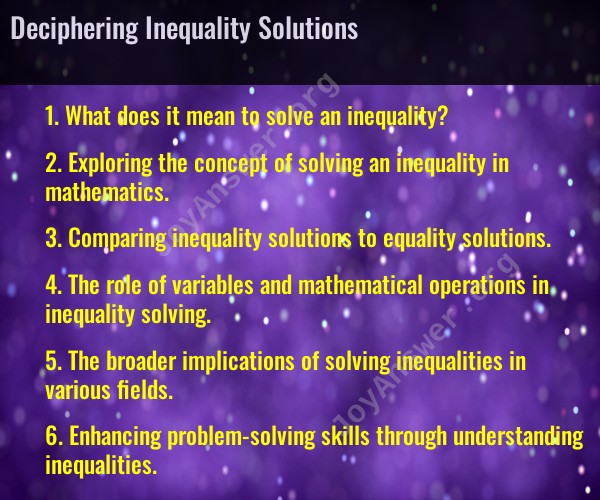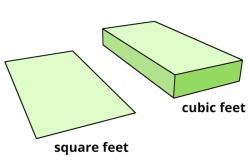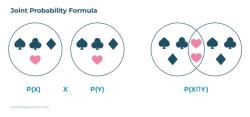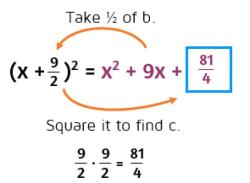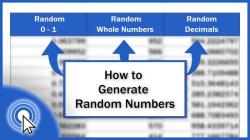What does it mean to solve an inequality?
To solve an inequality means to find the values of the variable(s) that make the inequality statement true. In other words, it involves determining the set of values for which the inequality is satisfied. Solving an inequality typically results in a range of values, which is called the solution set. The solution set represents all possible values of the variable that satisfy the given inequality.
Inequalities are expressed using symbols such as "<" (less than), ">" (greater than), "<=" (less than or equal to), ">=" (greater than or equal to), or "≠" (not equal to). The process of solving an inequality may involve manipulating the inequality statement by performing various algebraic operations while maintaining the direction of the inequality.
Here are some key points about solving inequalities:
Algebraic Manipulation: To solve an inequality, you often need to perform operations like addition, subtraction, multiplication, and division on both sides of the inequality, while keeping the direction of the inequality unchanged.
Equivalent Inequalities: Any operation that is applied to both sides of the inequality must maintain the relationship between the quantities. For example, adding a positive number to both sides does not change the direction of the inequality.
Solution Set: The solution to an inequality is a set of values that satisfy the inequality. This set may be a range of values (e.g., ) or may include specific values (e.g., ).
Graphical Representation: Inequalities can be graphically represented on a coordinate plane. The solution set is often depicted as a shaded region or interval on the graph.
Testing Solutions: It's a common practice to check potential solutions by substituting them back into the original inequality to ensure that they make the statement true.
Direction Matters: The direction of the inequality symbol is crucial. It determines whether the solution set includes values that are greater than, less than, greater than or equal to, or less than or equal to a specific value.
For example, consider the inequality . To solve this inequality, you would perform algebraic operations to isolate on one side, obtaining . The solution set is all real numbers less than 2, represented as on the number line.
Solving inequalities is an important skill in mathematics and is used in various fields, including algebra, calculus, and real-life applications like economics and physics, to express conditions and constraints in mathematical terms.
Exploring the concept of solving an inequality in mathematics
An inequality is a mathematical statement that compares two expressions using a relational operator such as <, >, ≤, or ≥. For example, the inequality x > 2 states that the variable x is greater than the number 2.
Solving an inequality means finding the values of the variable(s) that make the inequality true. For example, to solve the inequality x > 2, we need to find all the values of x that are greater than 2.
Comparing inequality solutions to equality solutions
Equality solutions and inequality solutions differ in a few key ways:
- Equality solutions can have one solution, zero solutions, or infinitely many solutions. For example, the equation
x + 1 = 2has one solution, the equationx^2 + 1 = 0has no solutions, and the equationx = xhas infinitely many solutions. - Inequality solutions can have one solution, zero solutions, or infinitely many solutions. For example, the inequality
x > 2has infinitely many solutions, the inequalityx^2 + 1 ≤ 0has zero solutions, and the inequalityx ≥ xhas infinitely many solutions.
Another key difference between equality solutions and inequality solutions is that equality solutions are usually more specific than inequality solutions. For example, the equality solution x = 2 is more specific than the inequality solution x > 2.
The role of variables and mathematical operations in inequality solving
Variables play an important role in inequality solving. Variables are symbols that represent unknown values. In inequalities, variables can be used to represent a wide range of things, such as numbers, lengths, areas, and volumes.
Mathematical operations also play an important role in inequality solving. Mathematical operations can be used to simplify inequalities and to find their solutions. Common mathematical operations used in inequality solving include addition, subtraction, multiplication, and division.
The broader implications of solving inequalities in various fields
Solving inequalities has a wide range of implications in various fields, such as mathematics, science, engineering, economics, and finance.
For example, in mathematics, solving inequalities is used to prove theorems and solve complex problems. In science, solving inequalities is used to model and analyze real-world phenomena. In engineering, solving inequalities is used to design and optimize systems. In economics, solving inequalities is used to analyze markets and make predictions. And in finance, solving inequalities is used to assess risk and make investment decisions.
Enhancing problem-solving skills through understanding inequalities
Understanding inequalities can enhance problem-solving skills in a number of ways. First, understanding inequalities can help to identify and solve real-world problems that can be modeled mathematically. Second, understanding inequalities can help to develop logical thinking and reasoning skills. Third, understanding inequalities can help to develop the ability to think critically and creatively.
Here are some specific examples of how understanding inequalities can enhance problem-solving skills:
- A student can use inequalities to solve a word problem, such as finding the minimum or maximum value of a function.
- A scientist can use inequalities to model the spread of a disease or the growth of a population.
- An engineer can use inequalities to design a bridge that can support a certain amount of weight or to design a circuit that operates within a certain range of voltages.
- An economist can use inequalities to analyze the effects of a tax change on consumers and businesses.
- A financial analyst can use inequalities to assess the risk of a loan or investment.
Overall, understanding inequalities is an important skill that can enhance problem-solving skills in a variety of fields.
